Andrea Tacchi - 1994 - Coclea 6/XVII - 65.5 cm
Andrea Tacchi - 1994 - Coclea 6/XVII - 65.5 cm
Details
Details
Overview
Overview
Shipping important note
Shipping important note
Delivery times are typically reliable and most instruments arrive within the estimated timeframe.
Should any unexpected delay occur, our team will keep you informed and provide support at every step. For all shipping details and exceptions, please see our Shipping Policy.
Details about GPSR
Details about GPSR
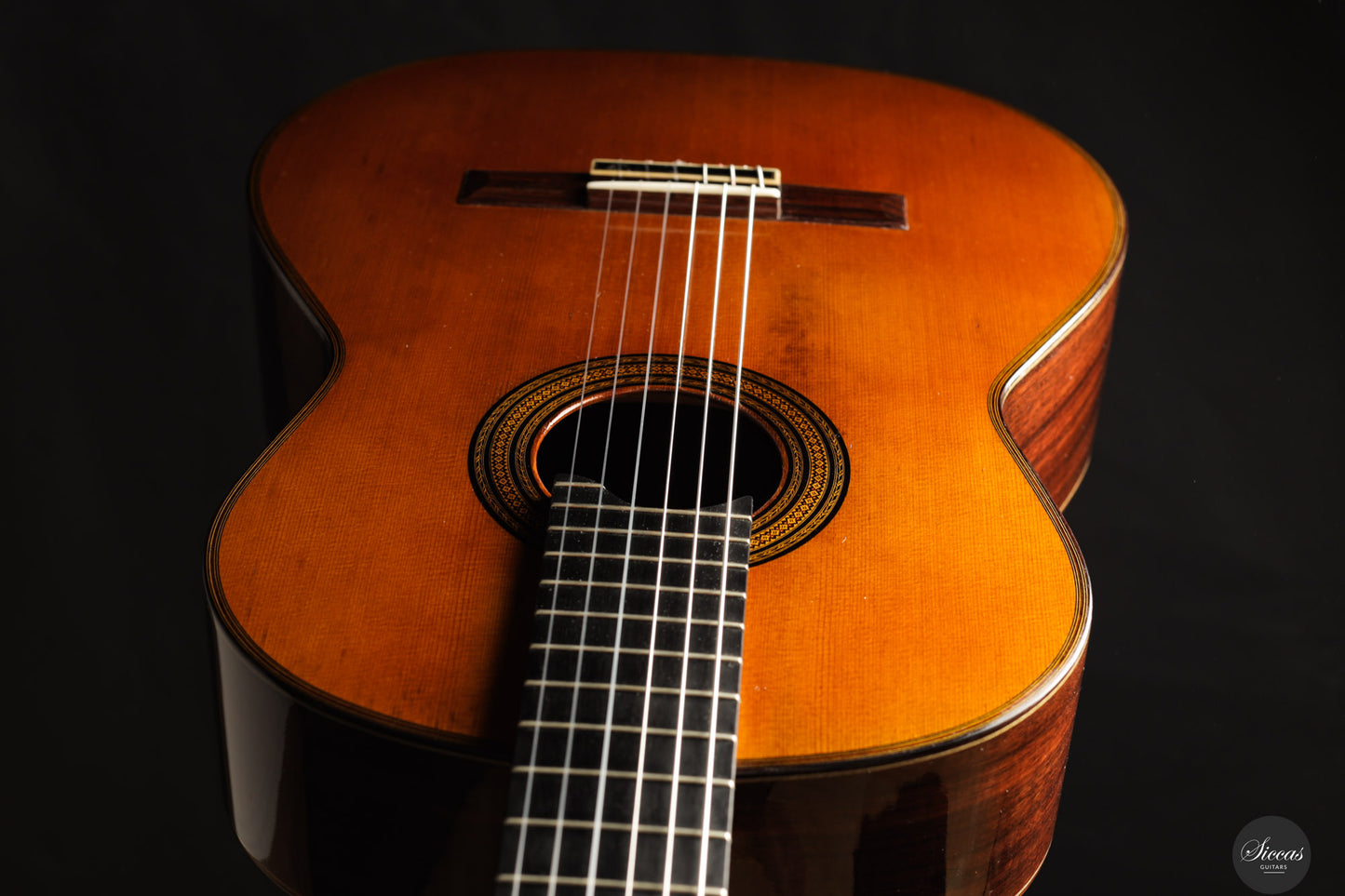
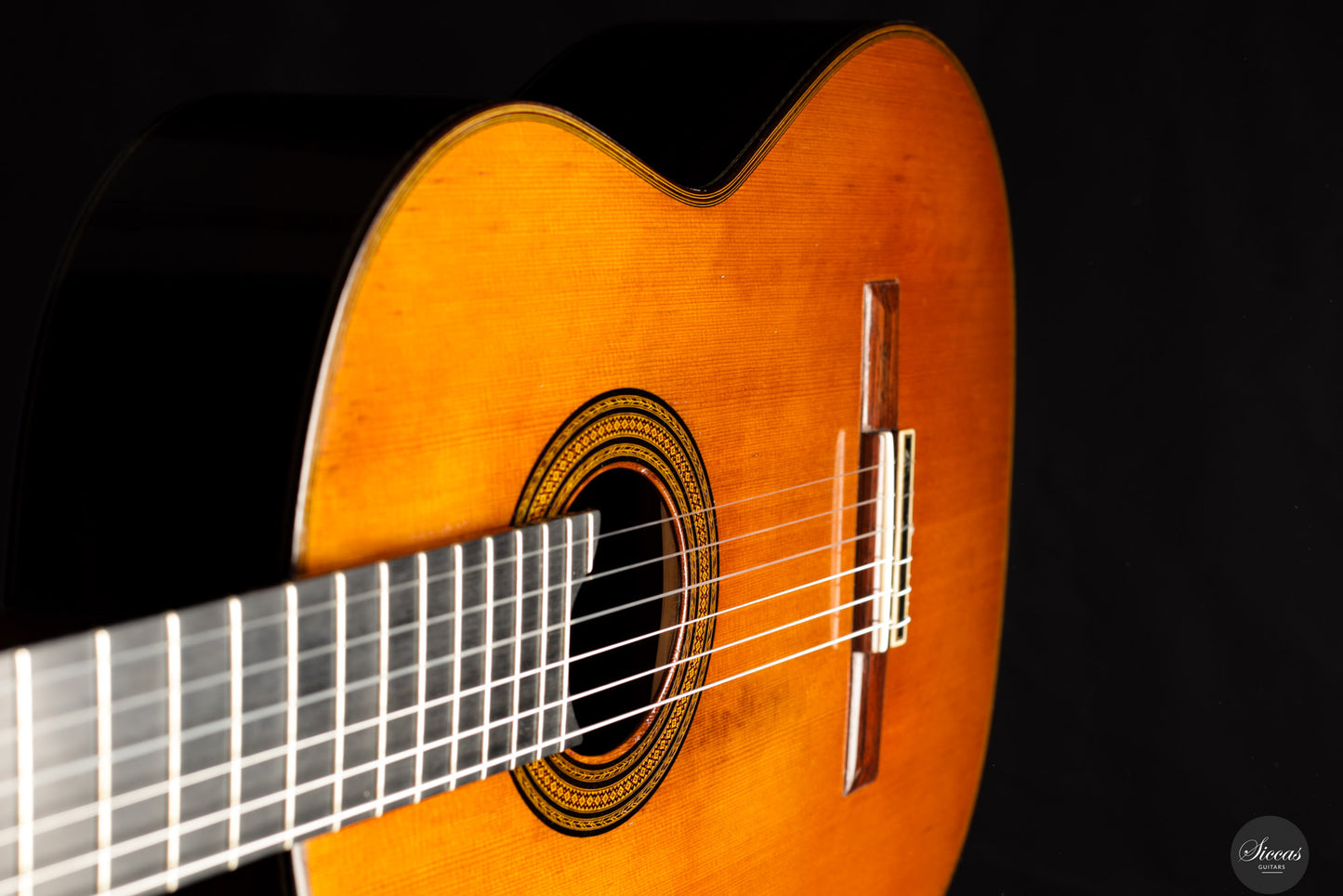
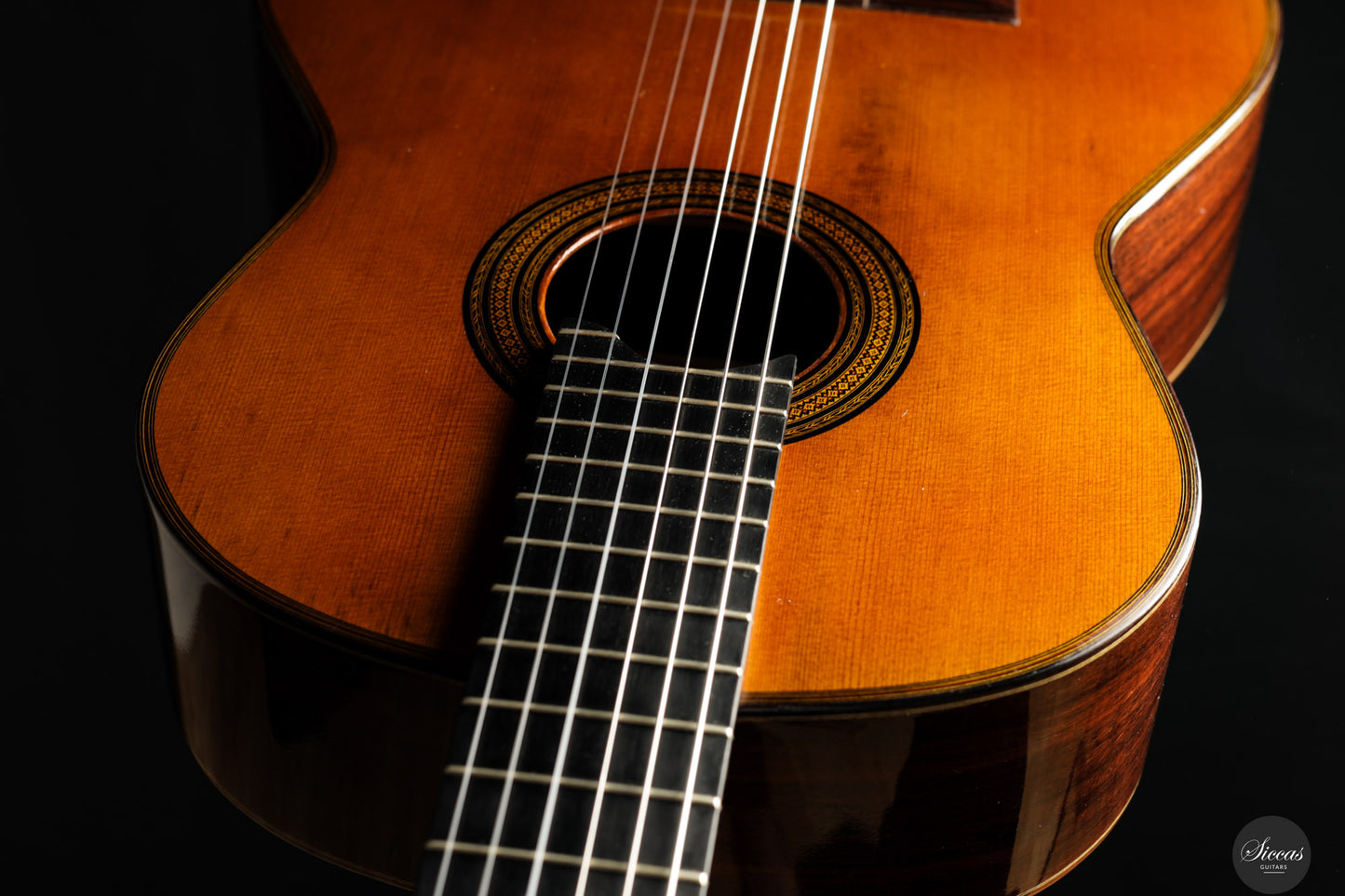
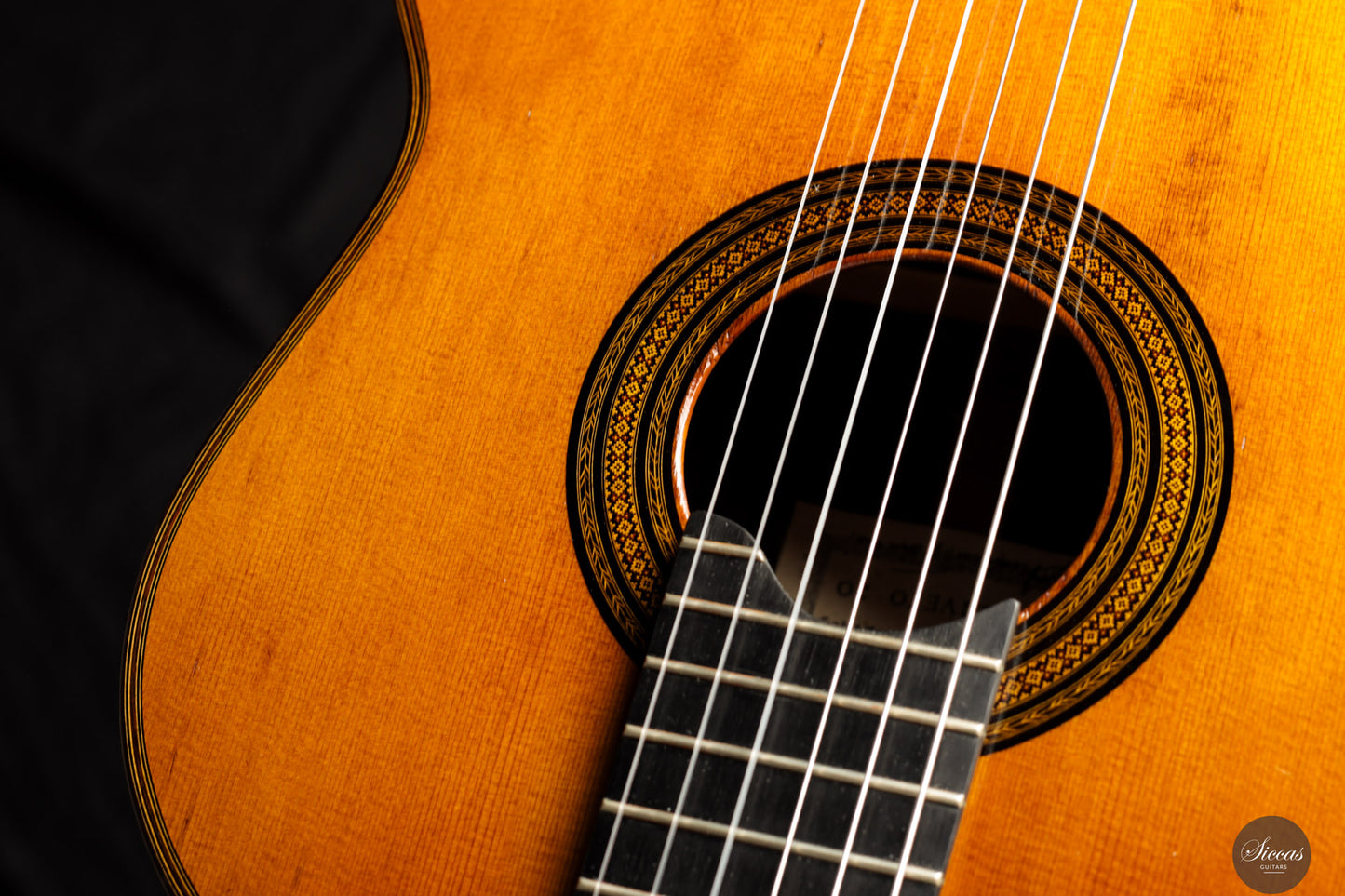
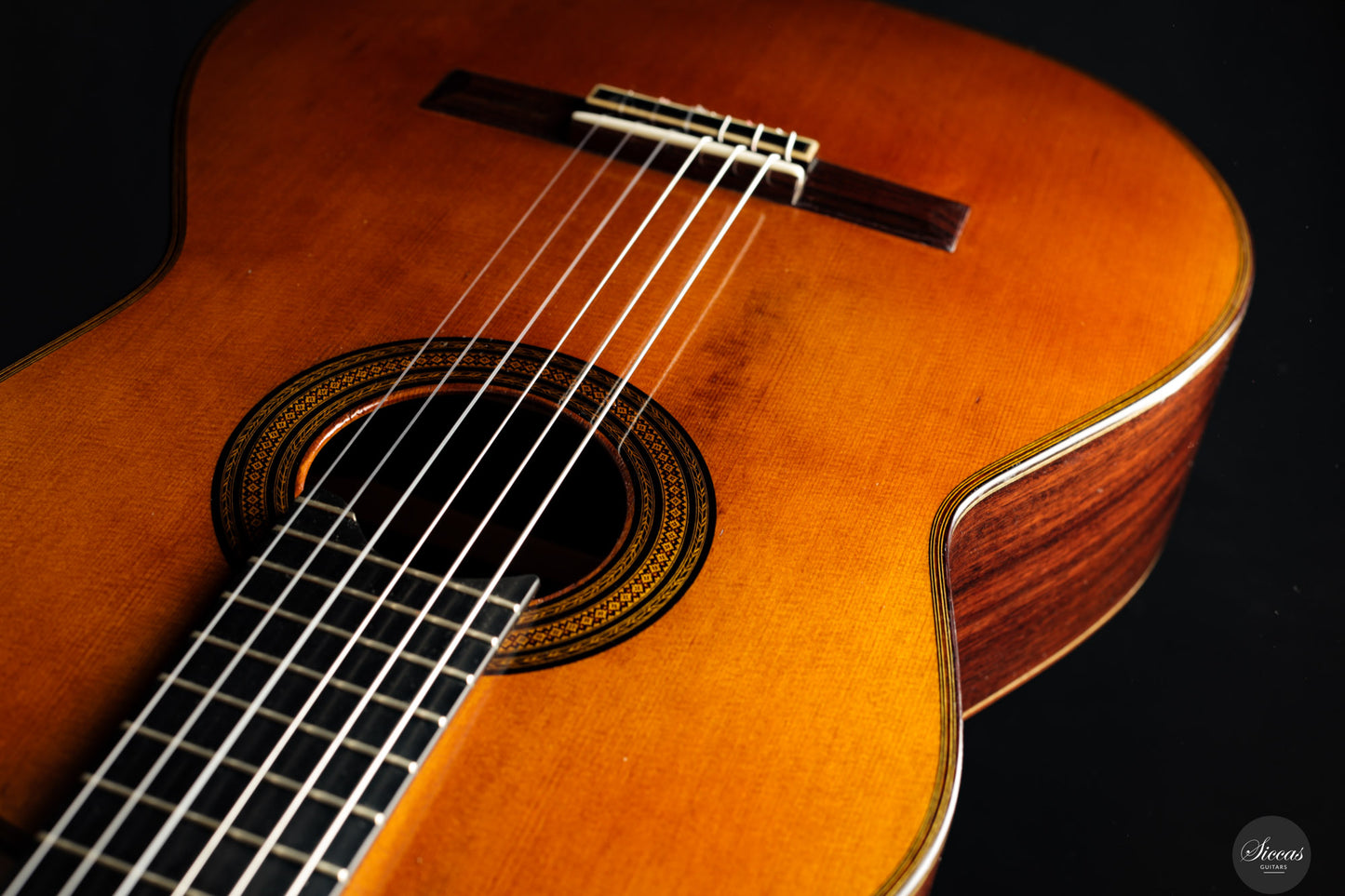
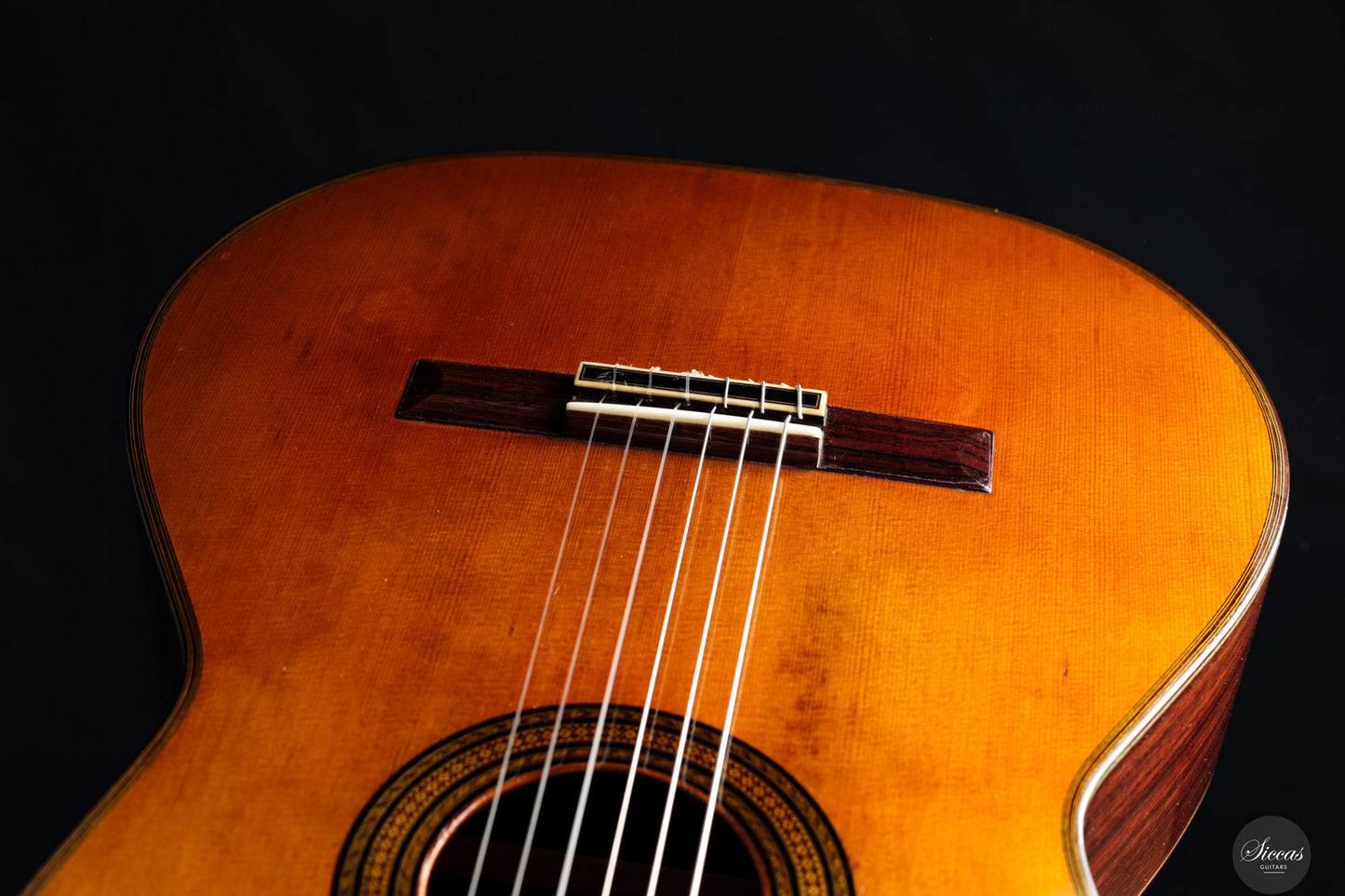
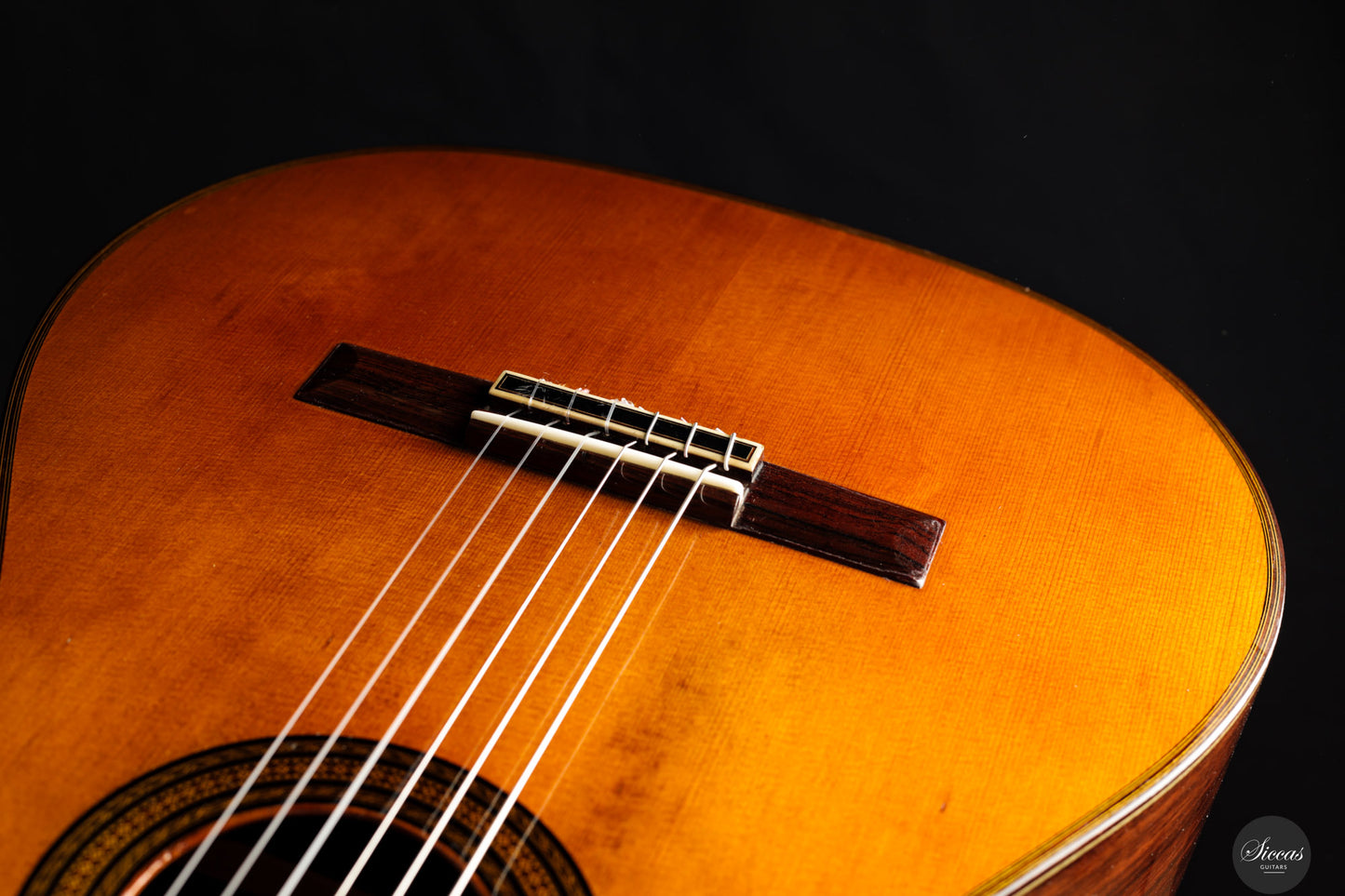
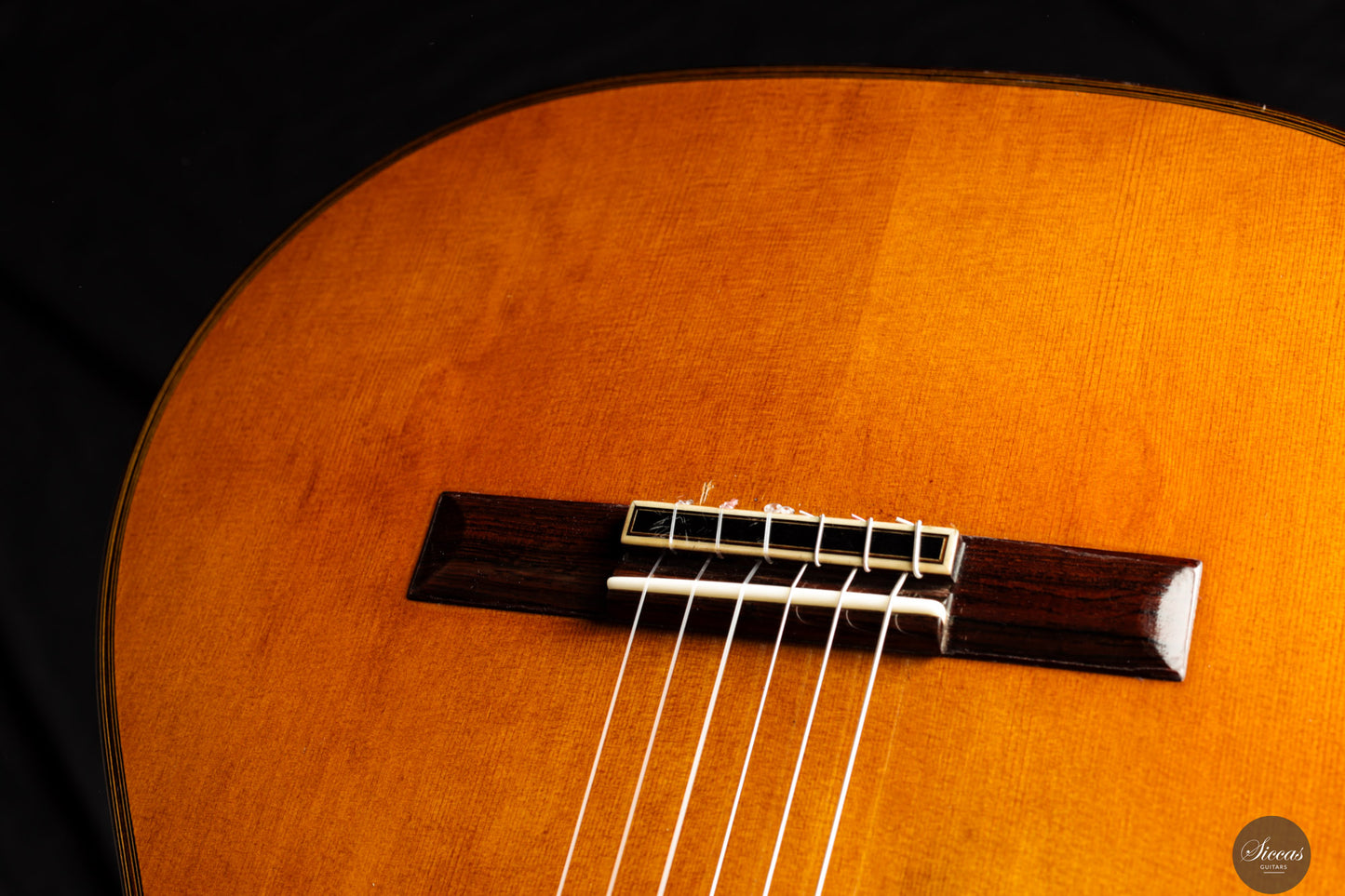
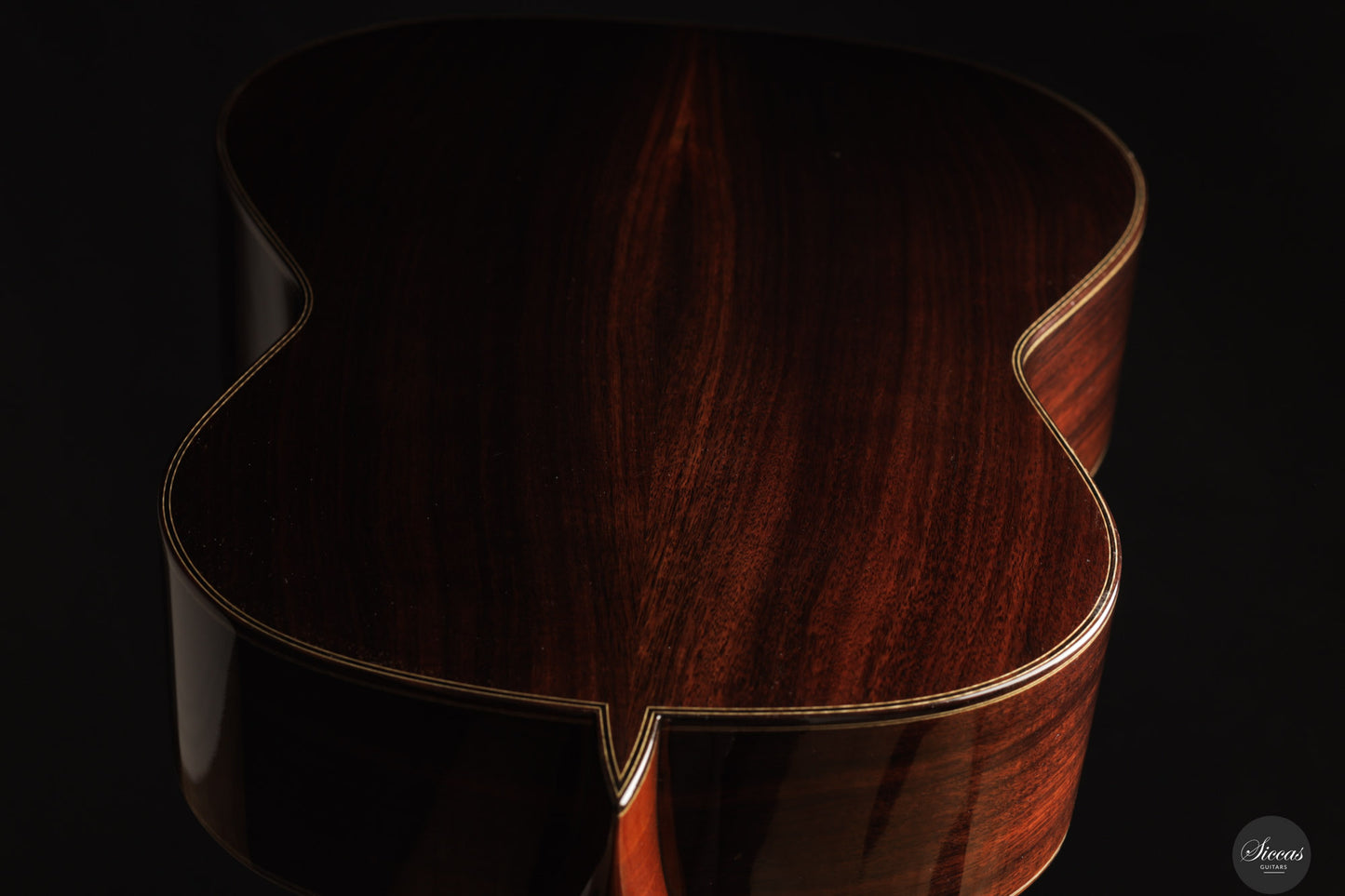
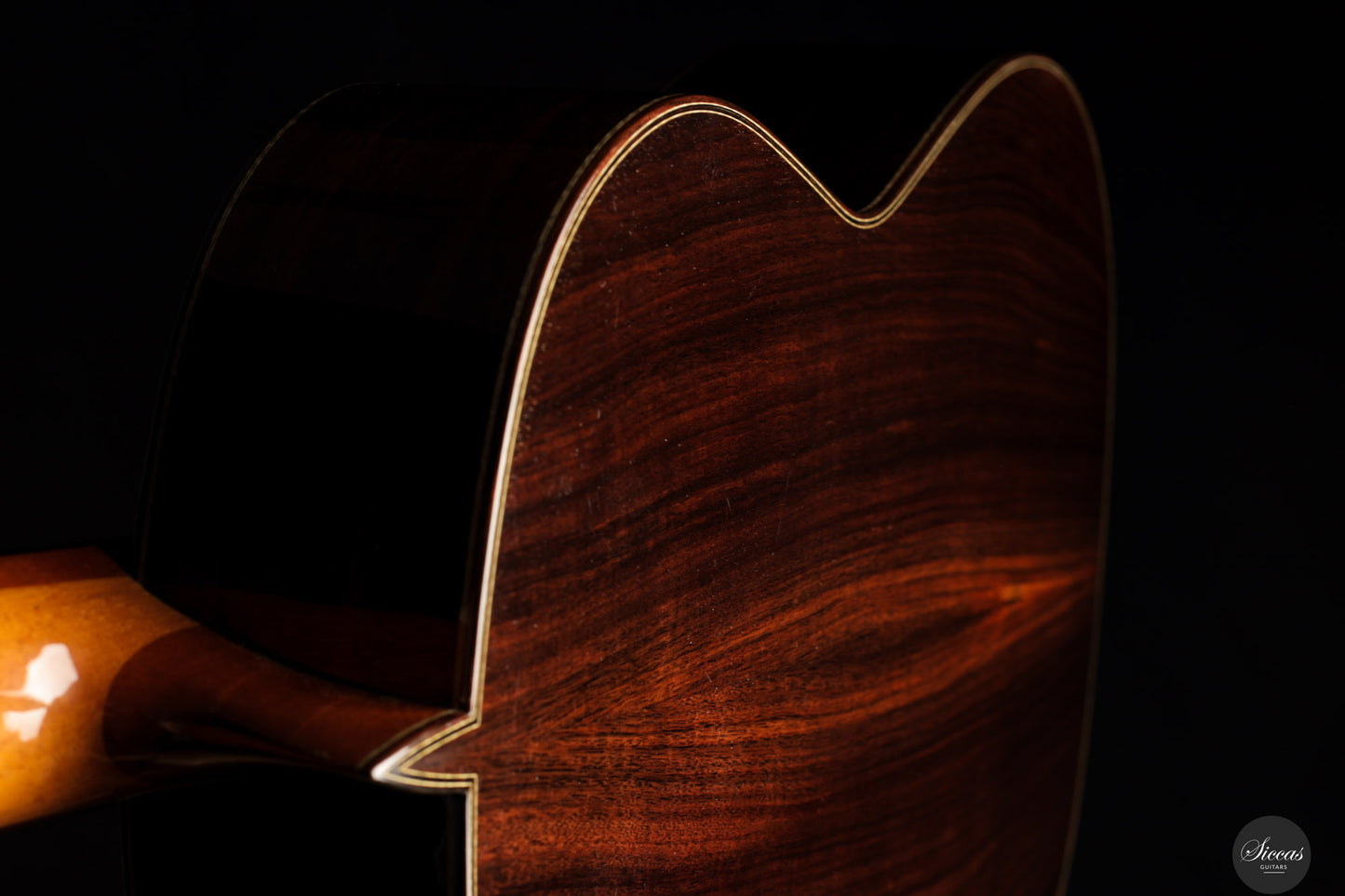
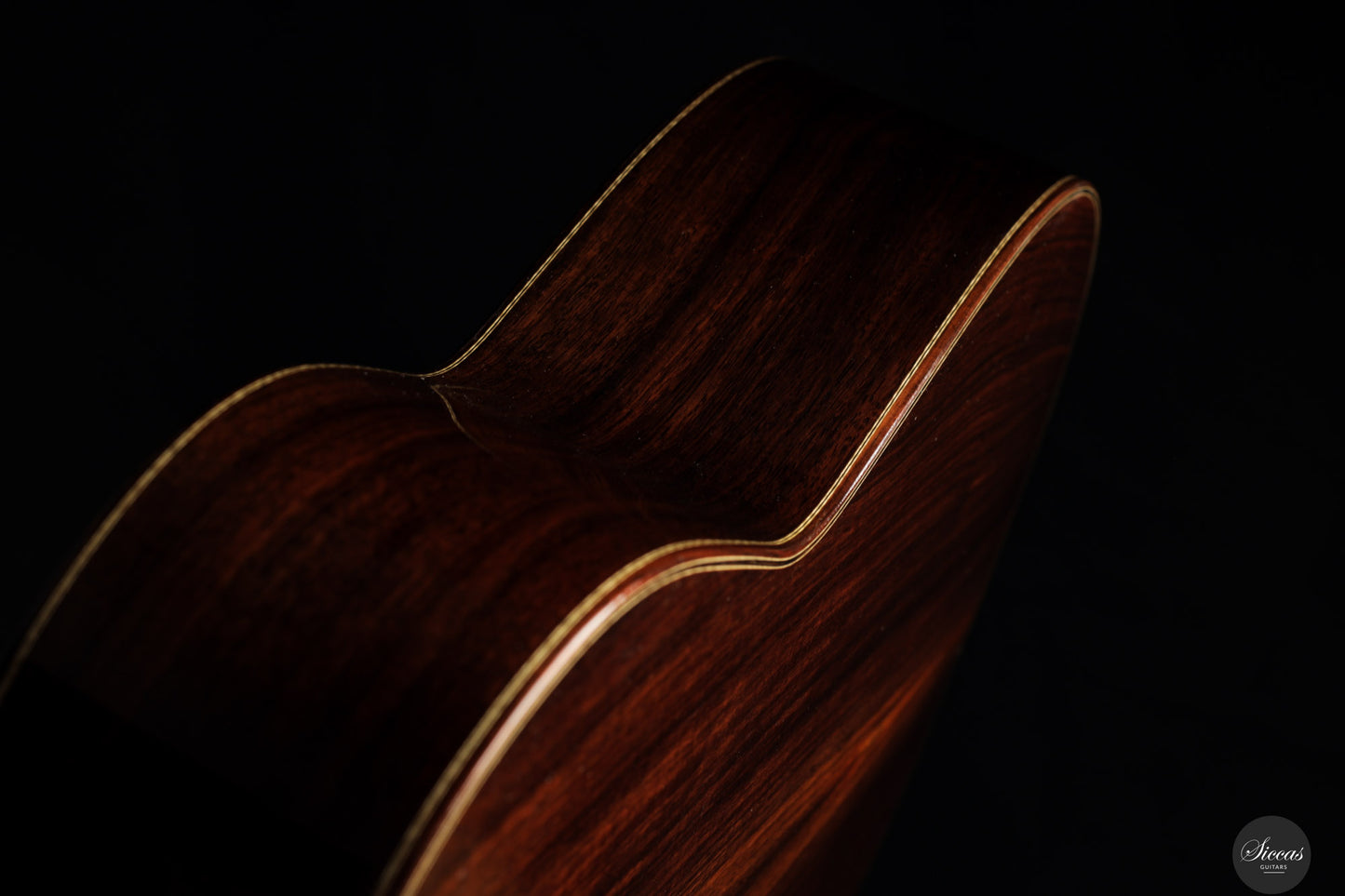
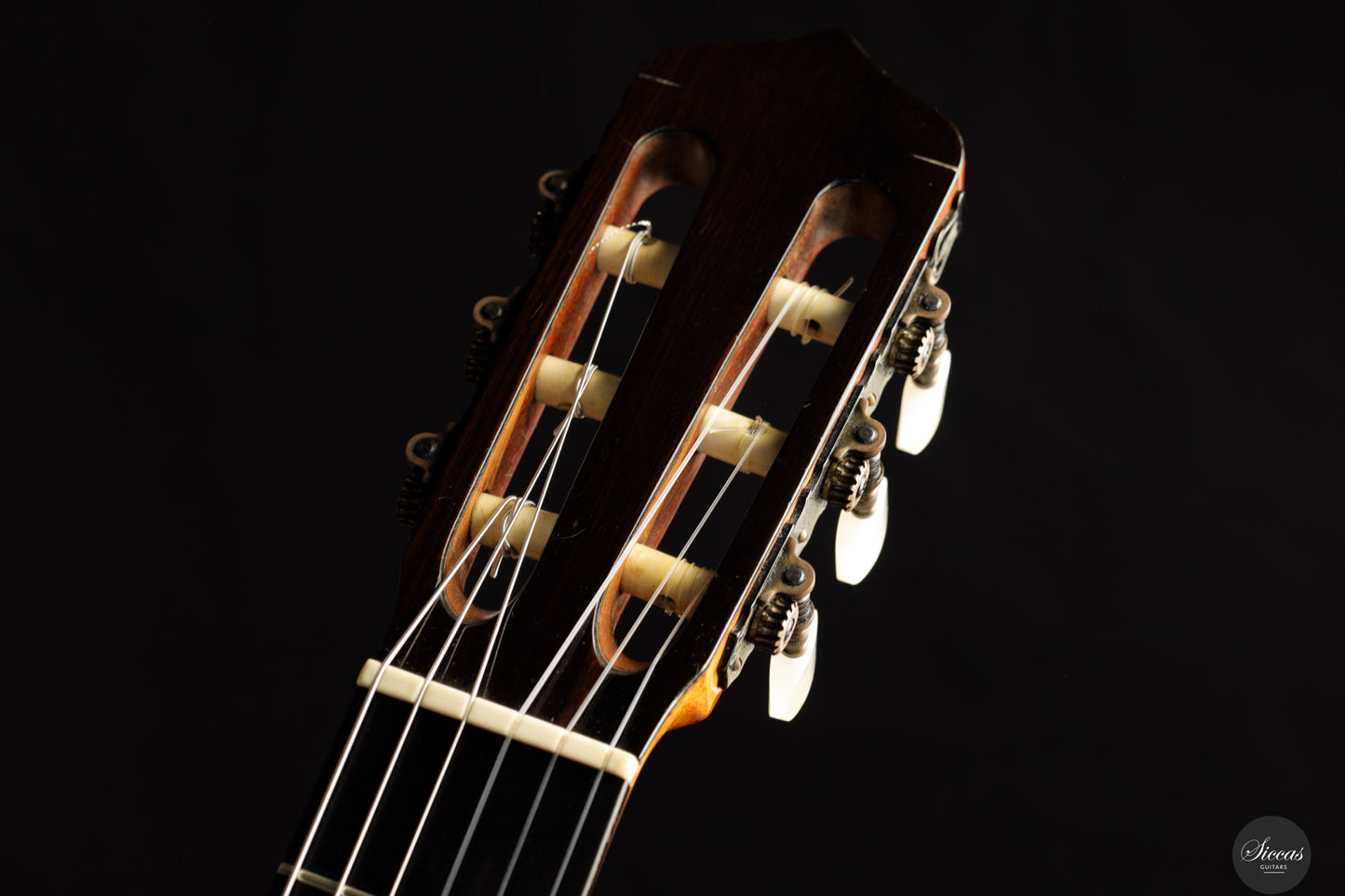
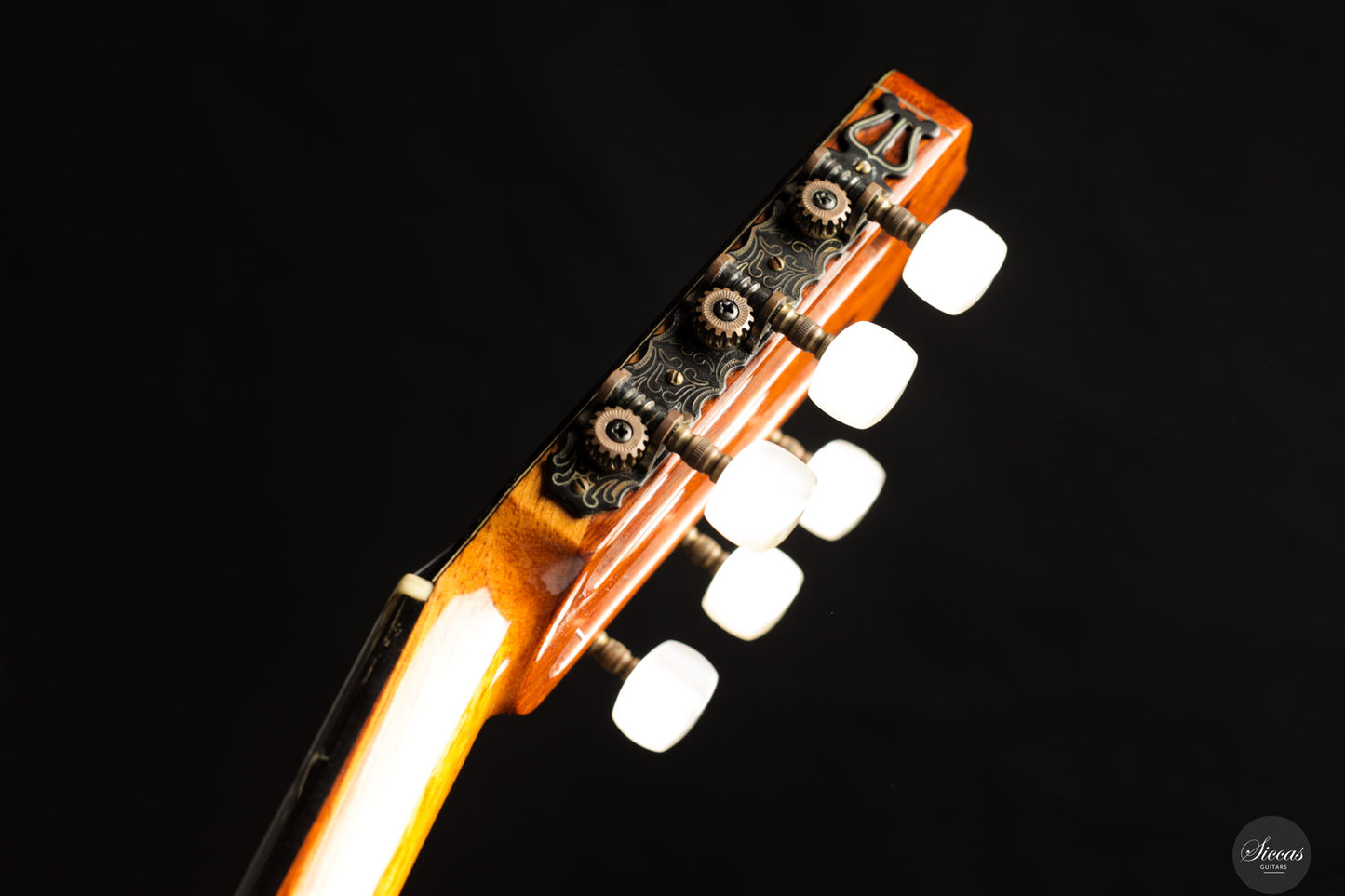
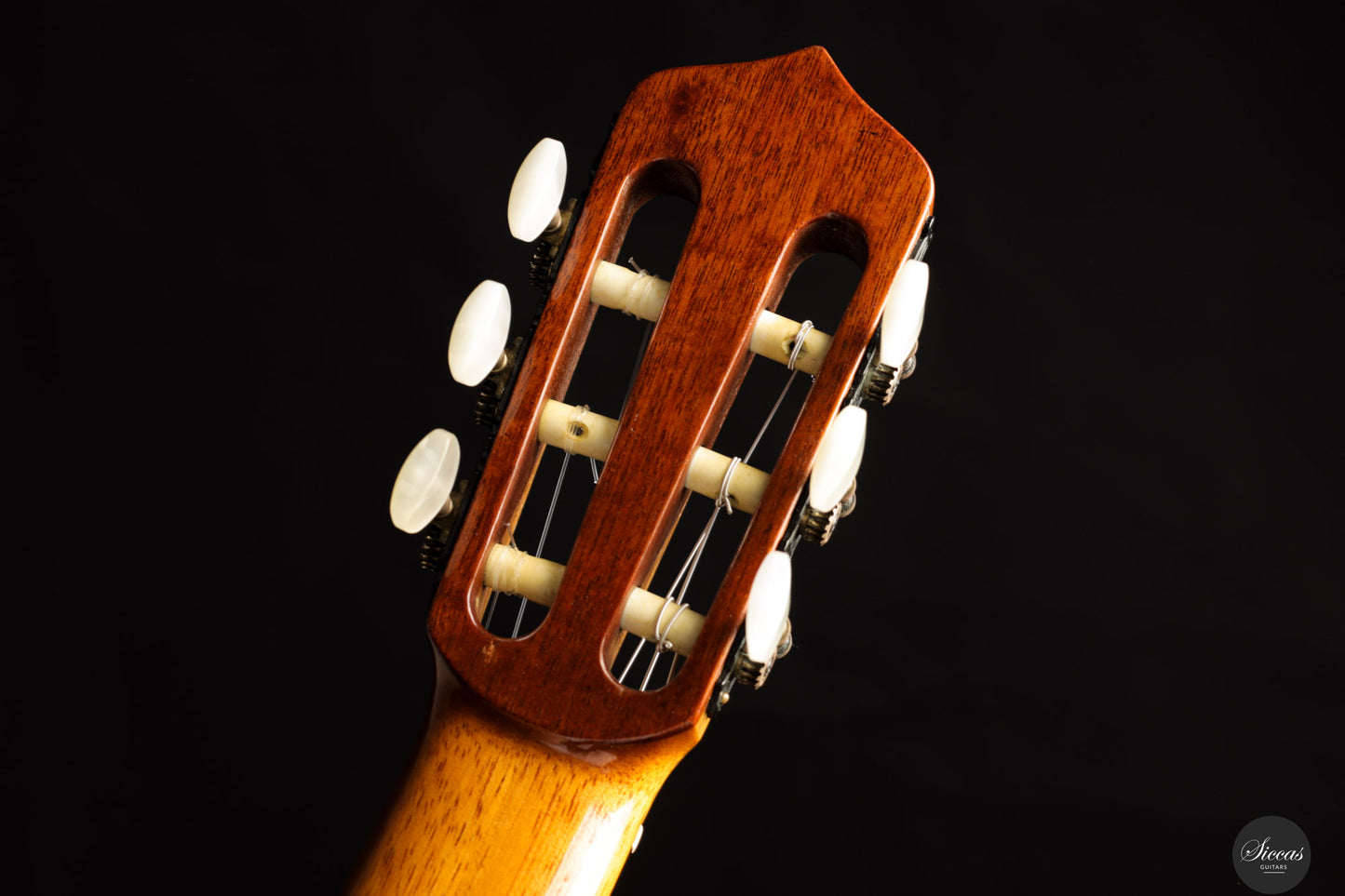
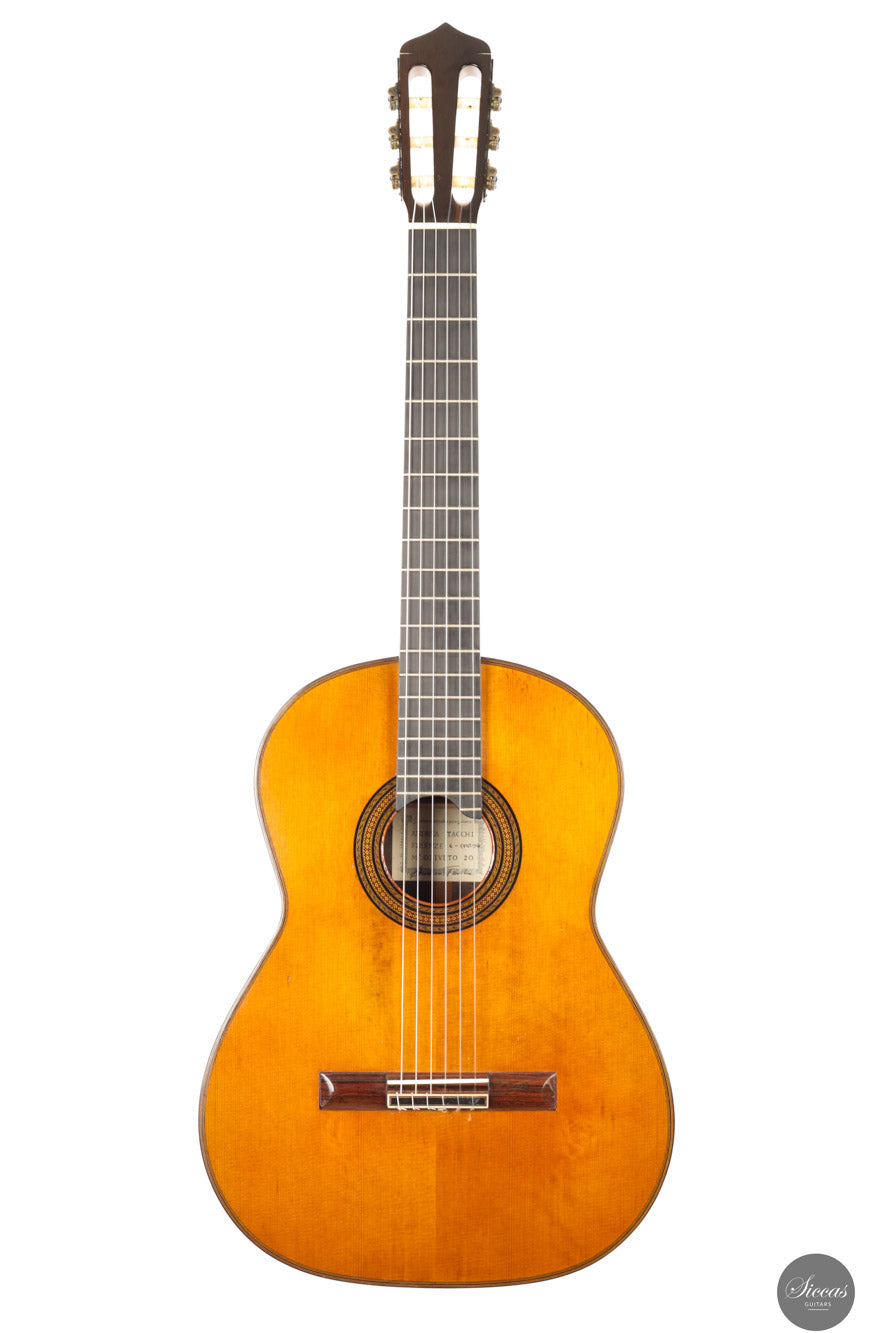
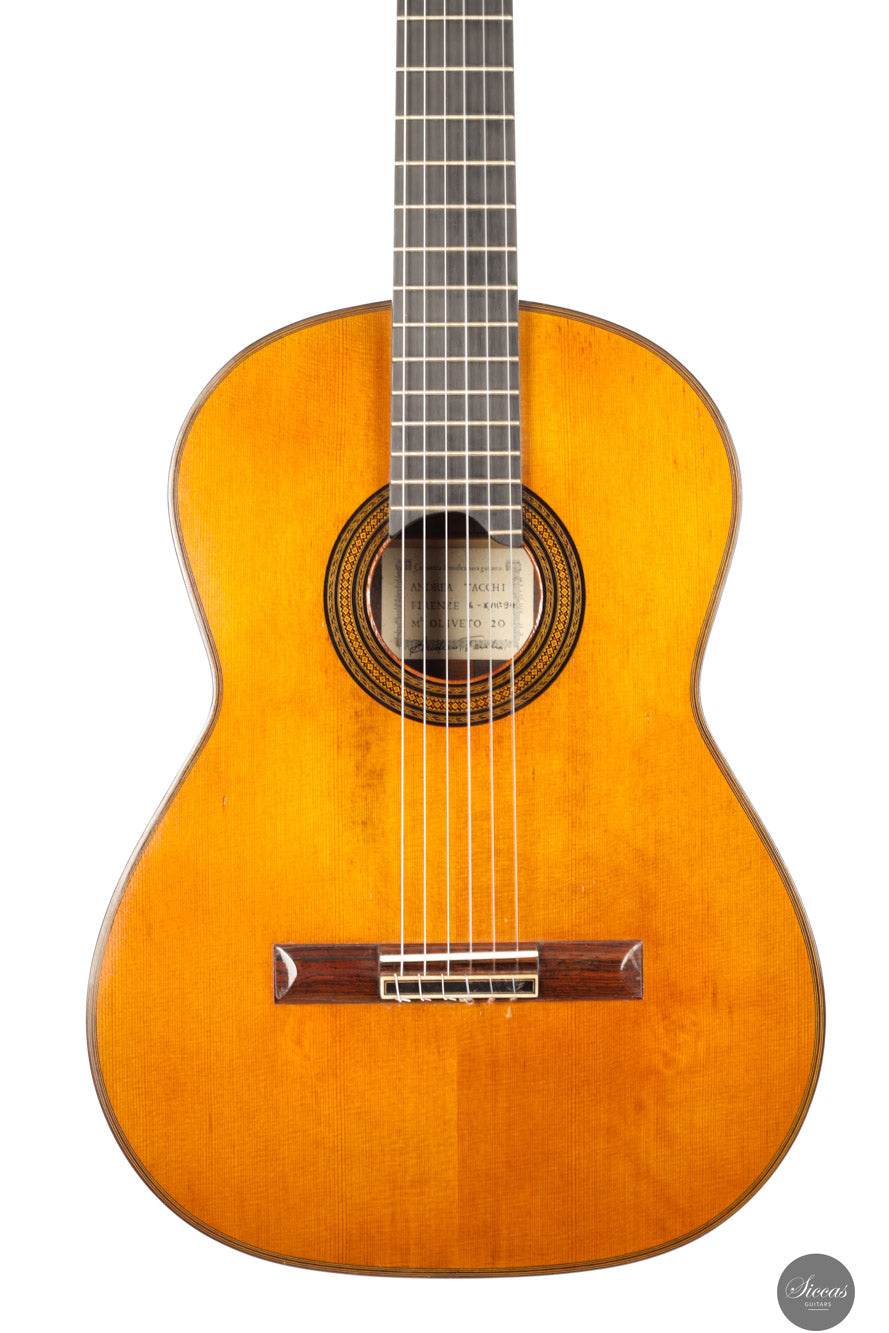
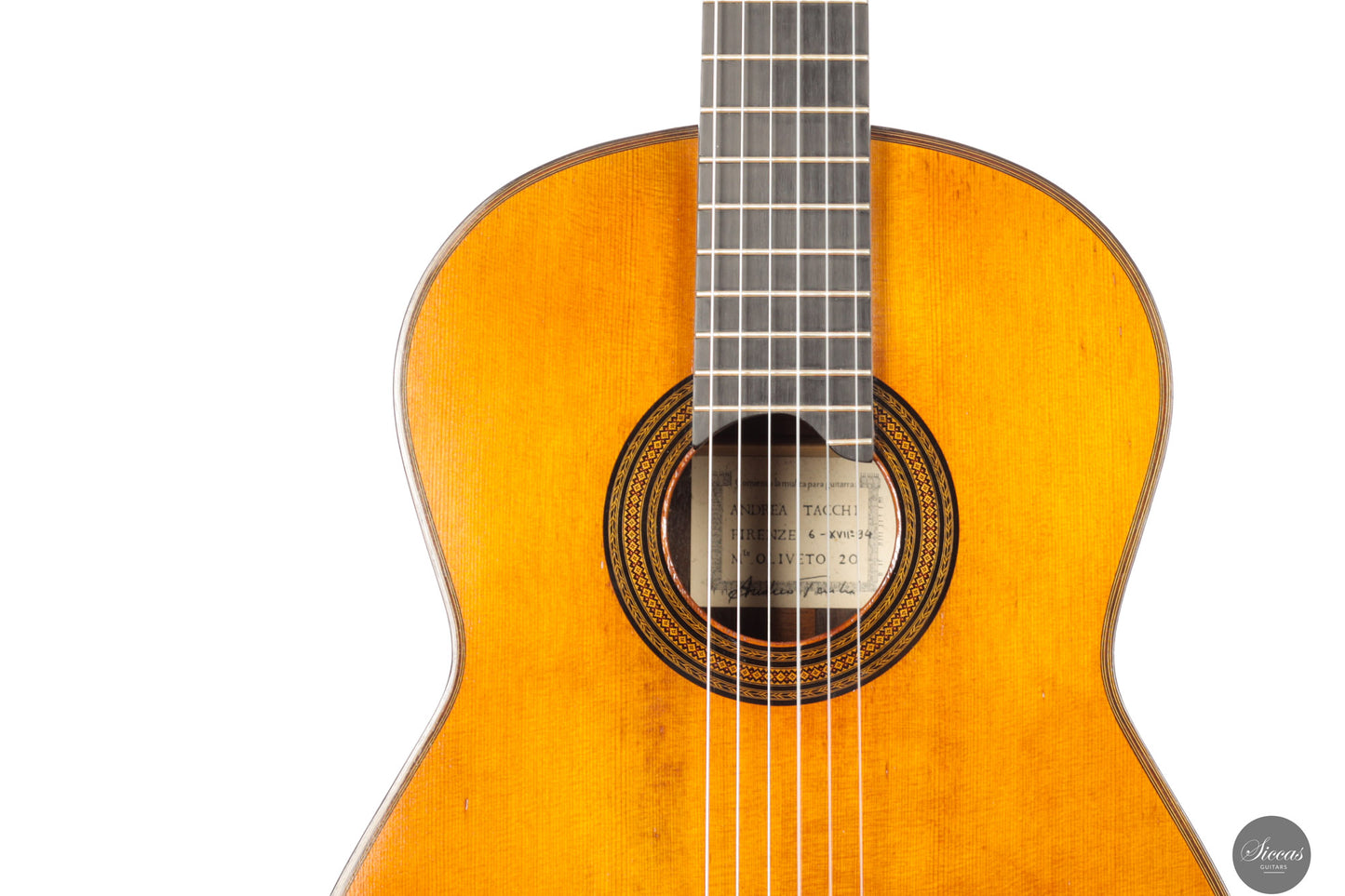
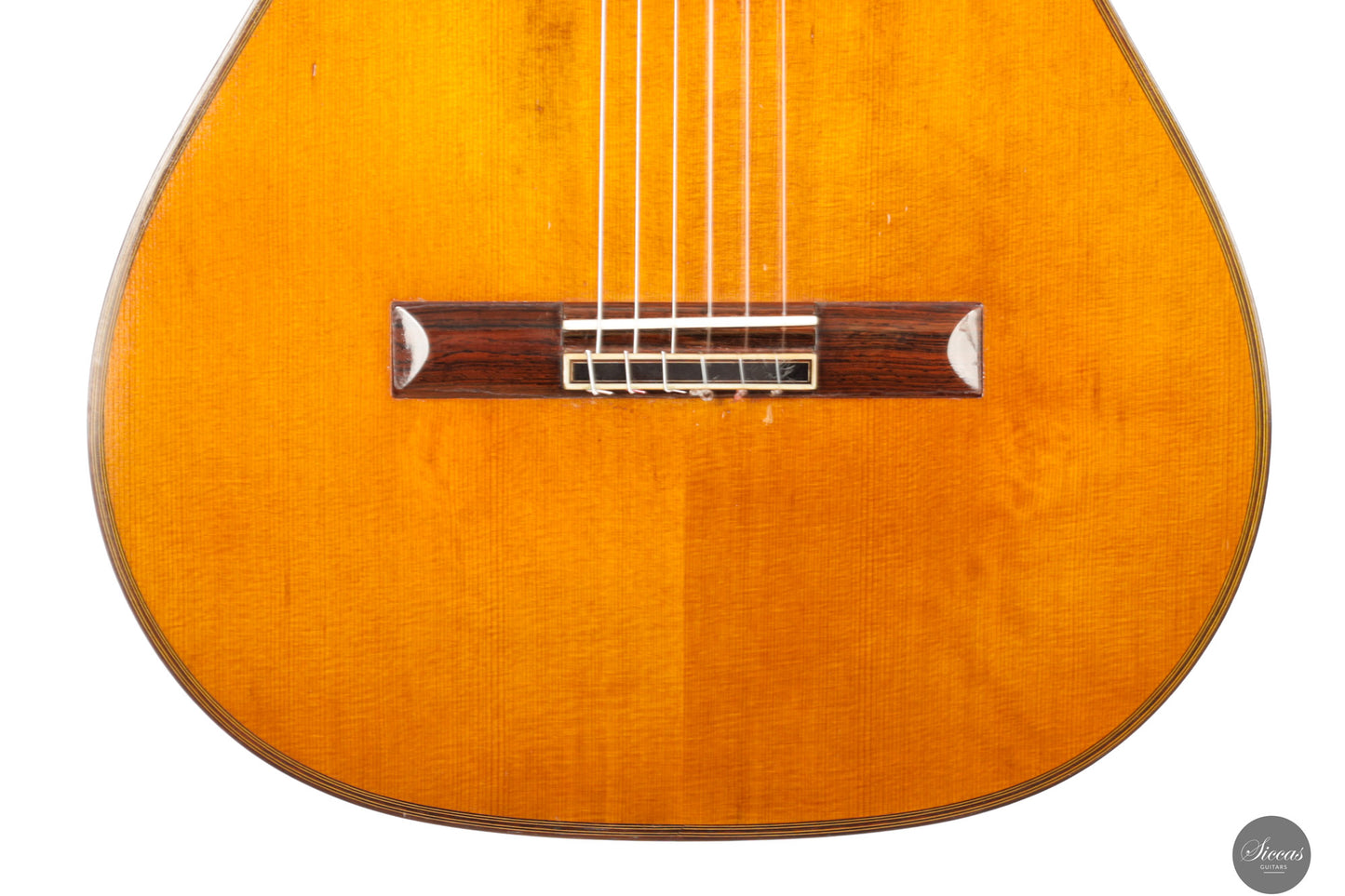
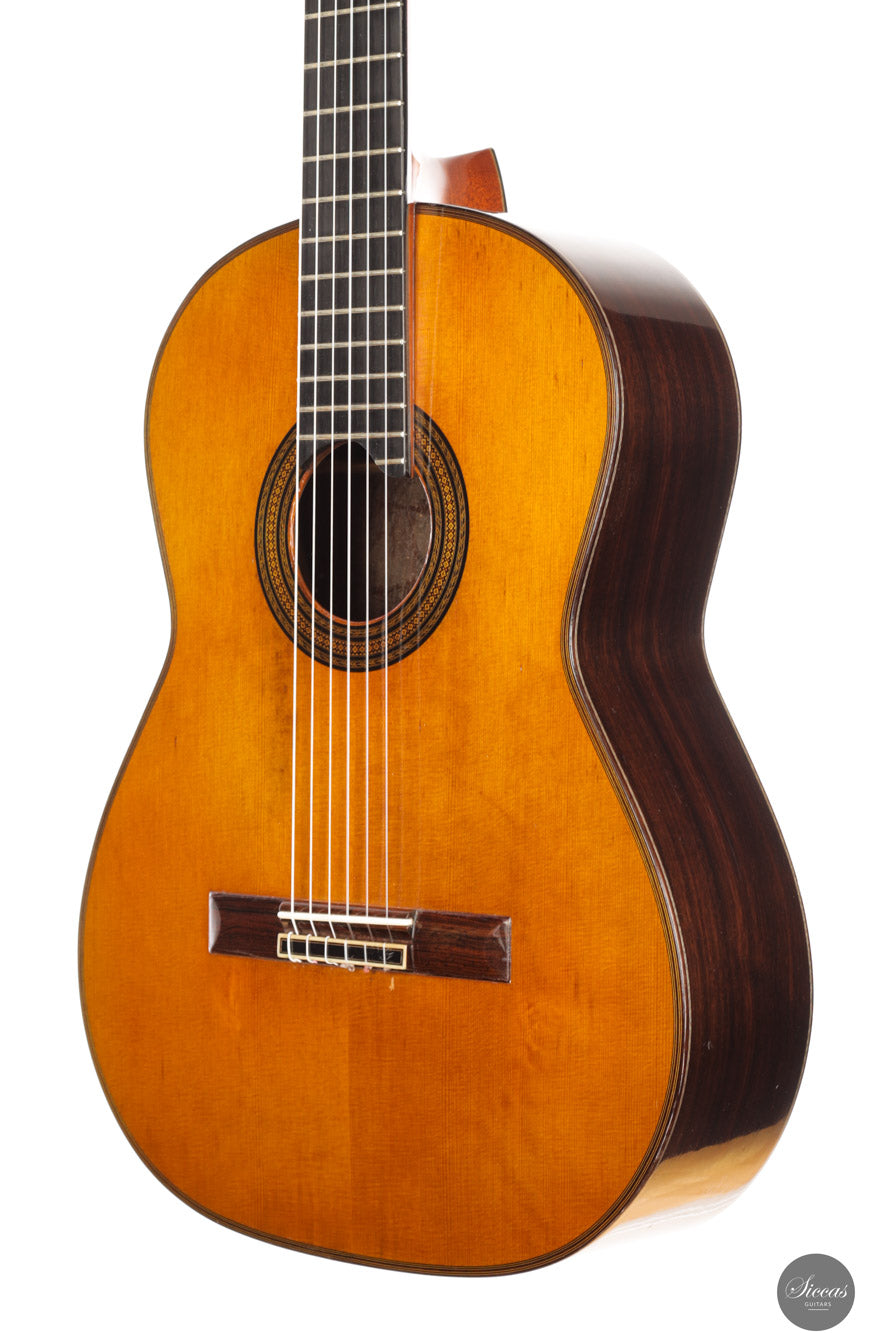
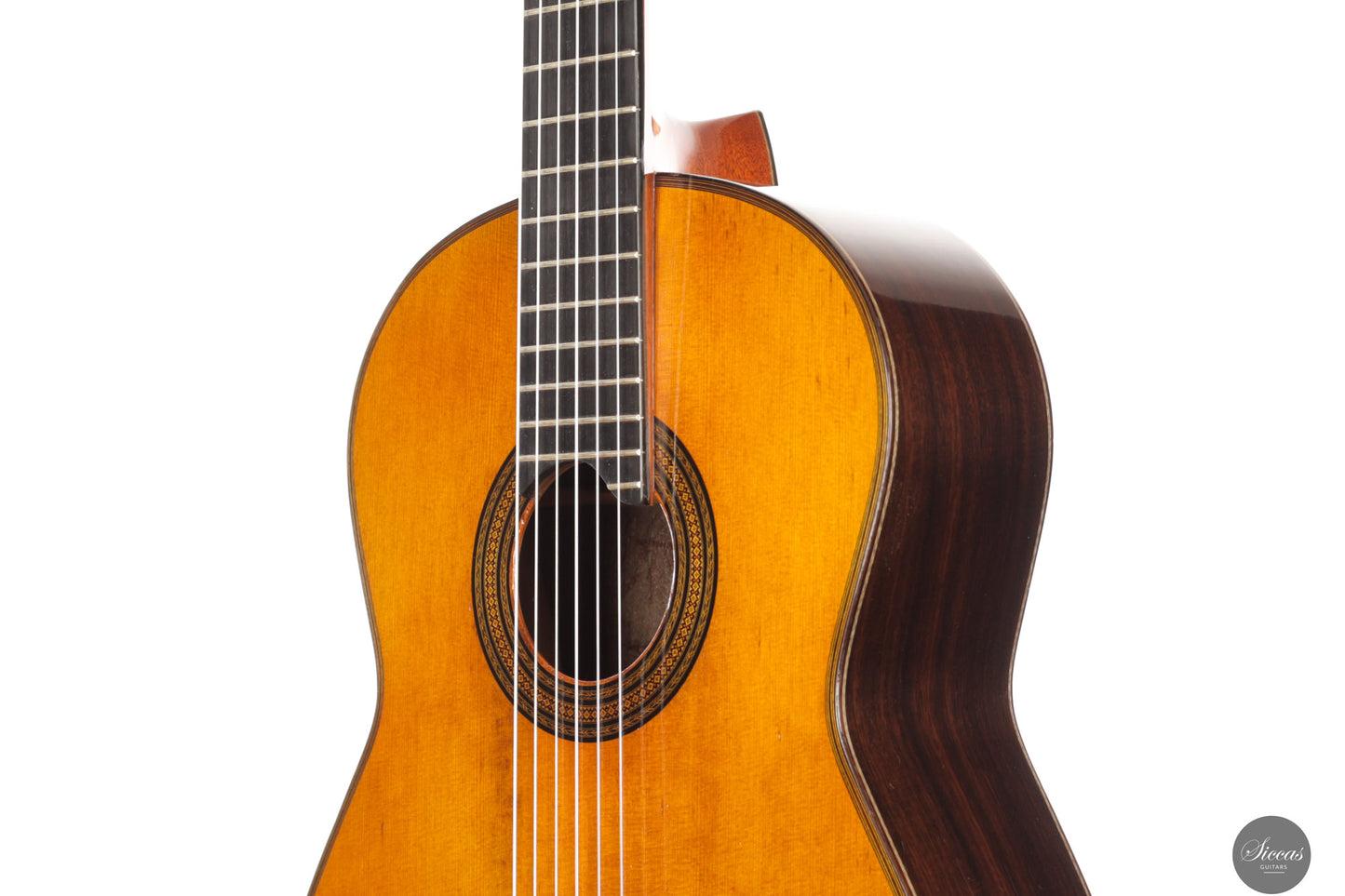
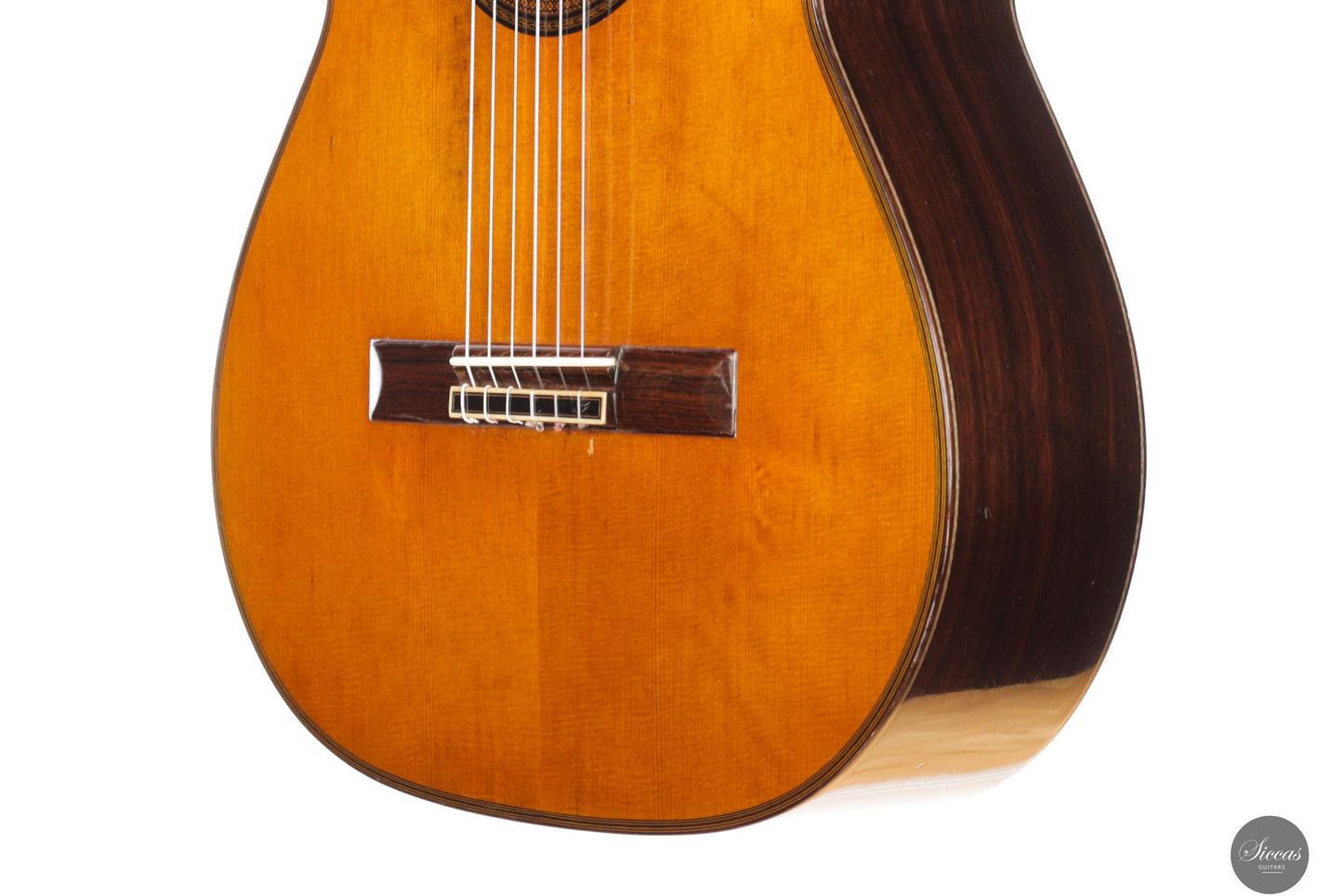
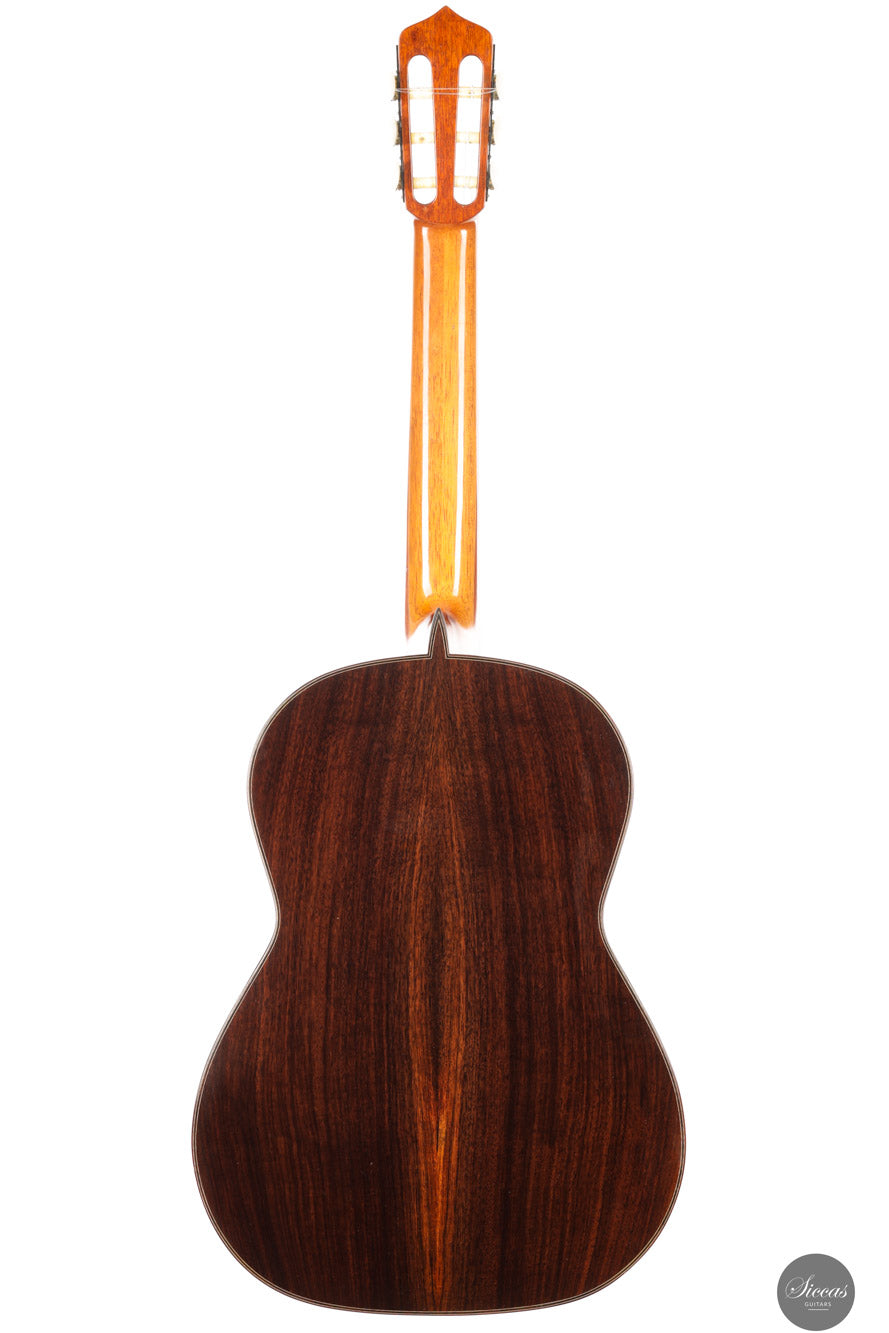
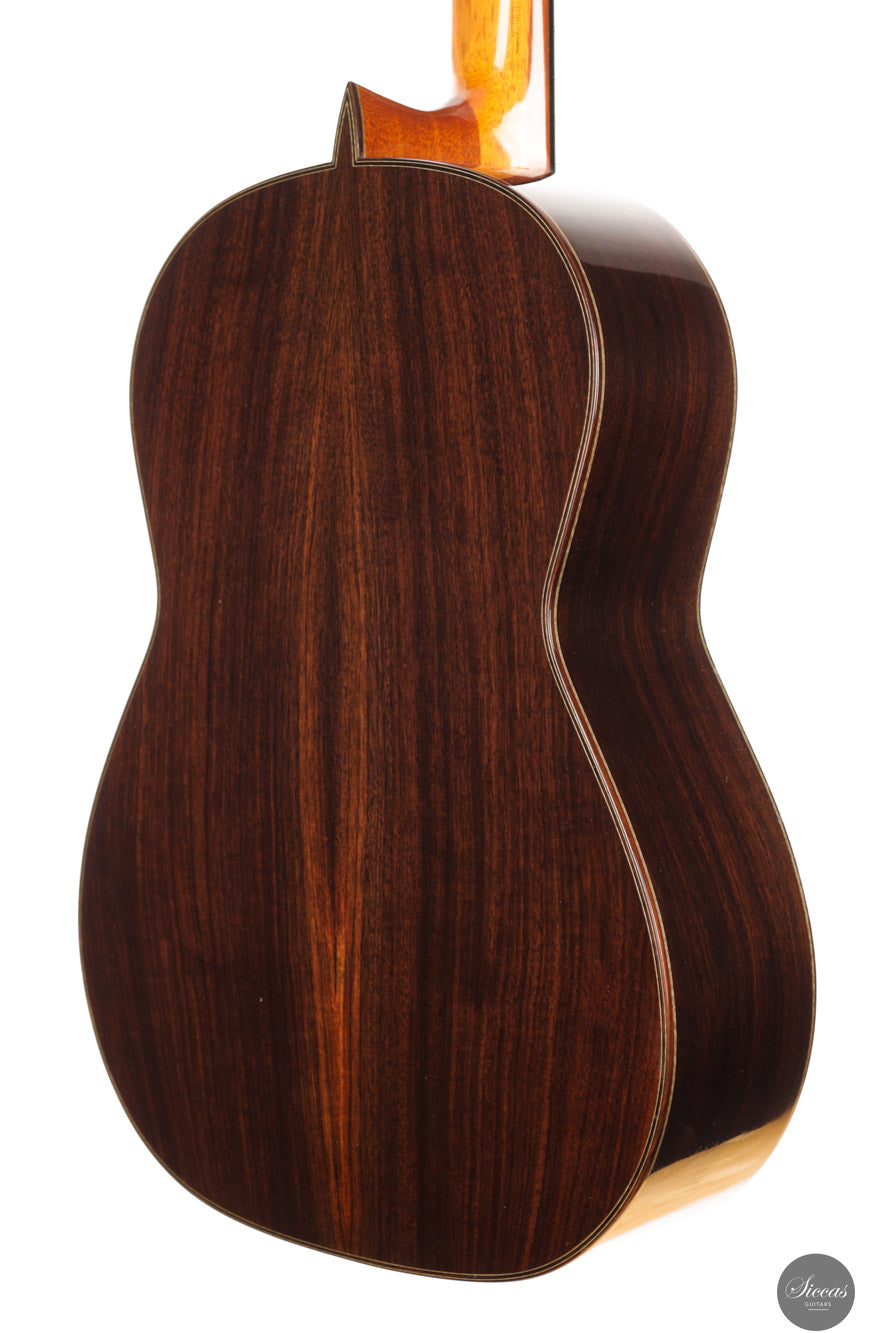
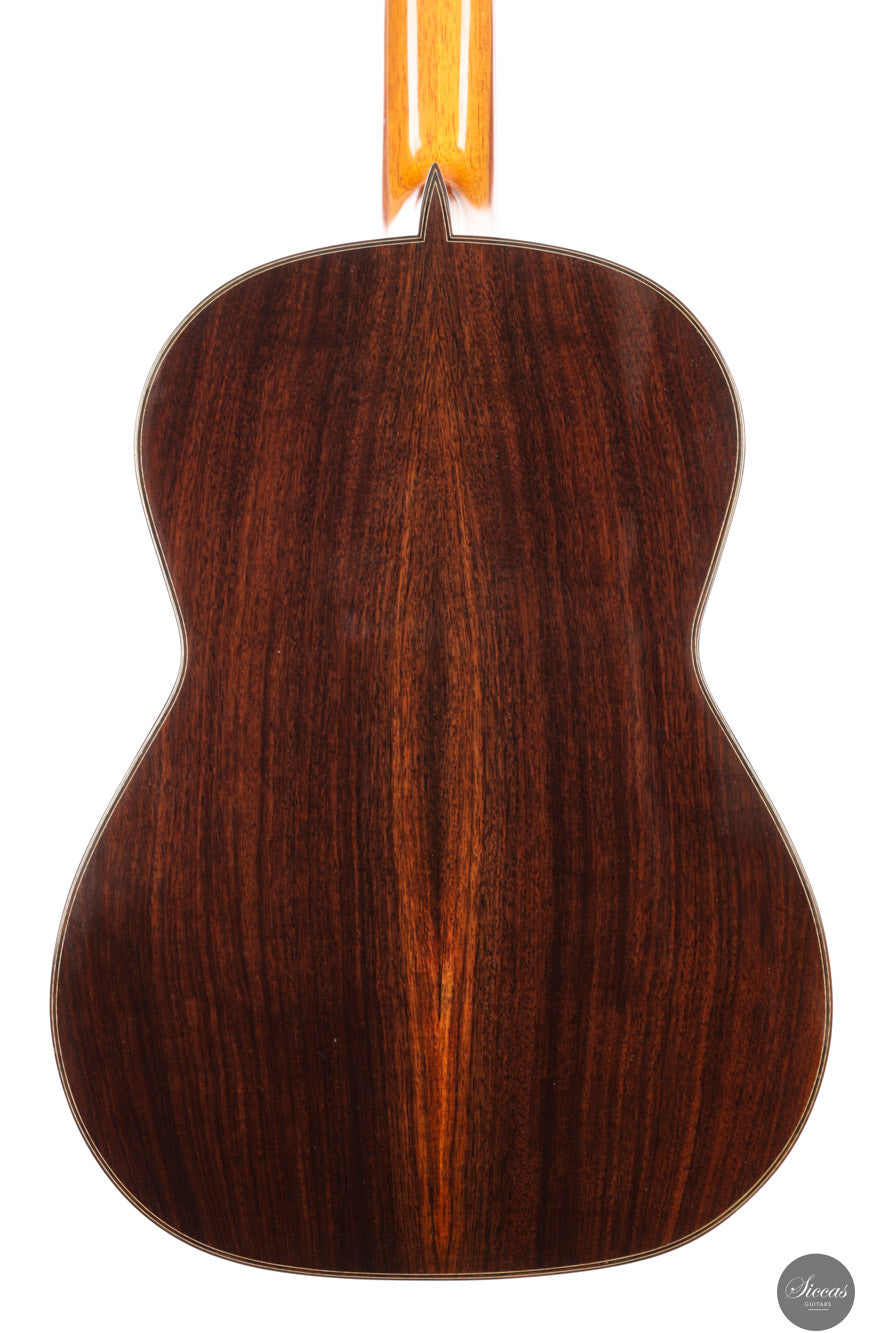
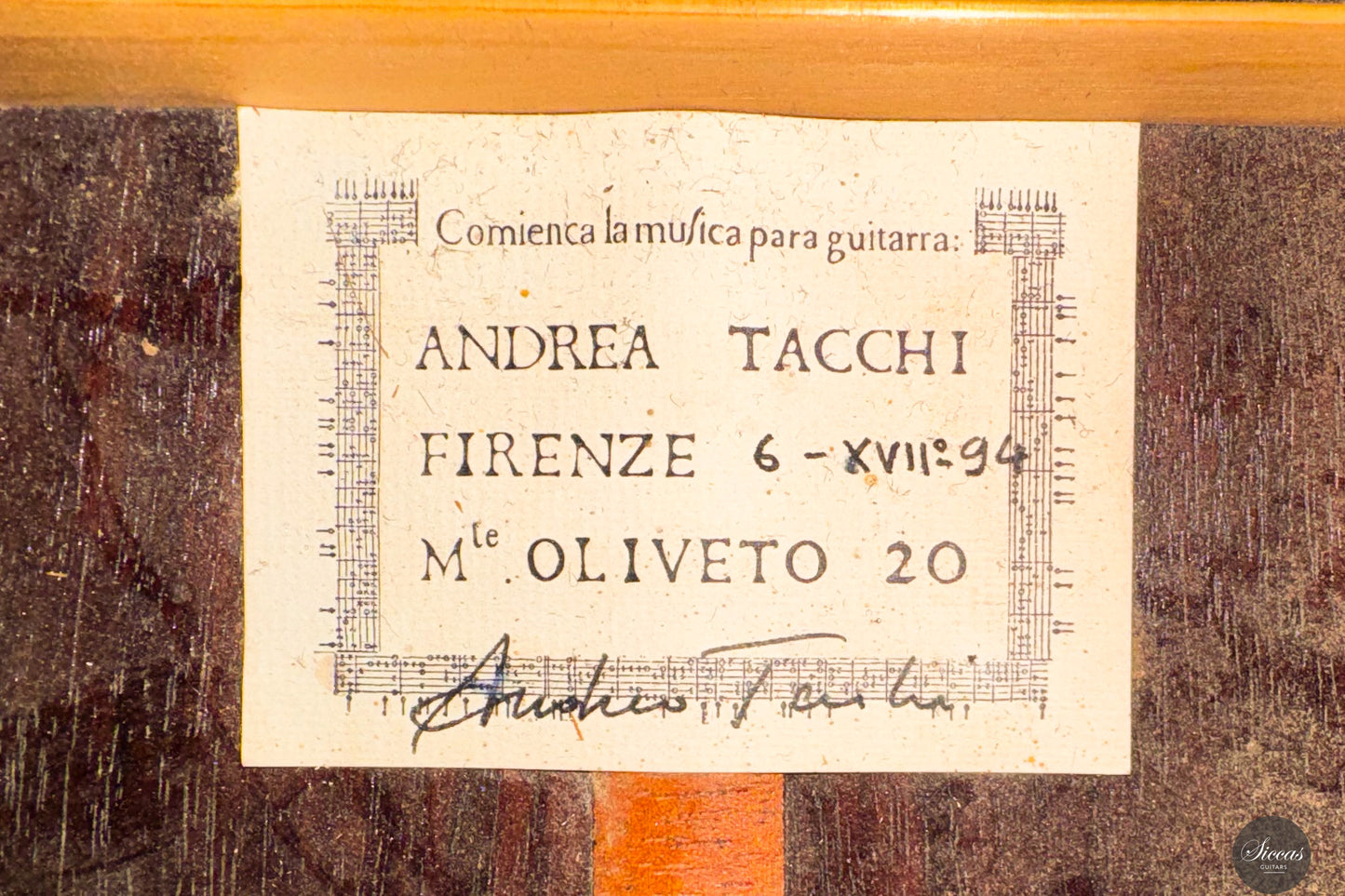
Video overview


More details about the guitar
About the luthier
Andrea Tacchi was born in Florence, Italy, in 1956, at a time when the city thrived with artisan workshops and artistic communities. This cultural atmosphere, along with a pivotal encounter with the South American luthier Ricardo Brané, inspired him to pursue guitar making. Throughout the 1980s, Tacchi refined his skills under the guidance of Robert Bouchet and Daniel Friederich. His development continued through interactions with other great makers such as Ignacio Fleta, José Romanillos, and Robert Ruck, during travels to the United States, England, and Spain. In 1985, Andrea Tacchi won first prize at the “Concours International des Facteurs de Guitare” organized by Robert Vidal of Radio France, a recognition that marked the beginning of his international acclaim. Since then, his instruments have been played by a remarkable roster of concert artists and professors including Carlo Marchione, Carlotta Dalia, Antigoni Goni, Renata Arlotti, Filomena Moretti, Flavio Cucchi, Robert Gruca, Colin Davin, Minoru Inagaki, and Marcelo Kayath. With one of the most extensive waiting lists in modern lutherie, Andrea Tacchi is regarded as one of the most influential guitar makers of his generation.About the guitar
This instrument, built in 1994, represents an early example of Andrea Tacchi’s Coclea model. Even at this stage in his career, the instrument reflects Tacchi’s commitment to tonal beauty and structural refinement. It features a cedar top and Indian rosewood back and sides, completed with a nitrocellulose finish that supports resonance while providing durability. The interior sides are doubled with cypress, contributing significantly to the guitar’s projection and clarity. Now over three decades old, the guitar has developed a matured voice, with fast response and excellent balance across all registers. The trebles are particularly expressive, offering clarity with a soft, velvety edge. The guitar has been owned by a single individual since its construction, resulting in a well-preserved and consistent condition. This is a refined instrument for discerning players or collectors who value historical relevance, tonal maturity, and traditional craftsmanship.Condition
As a pre-loved instrument, this guitar is in very good condition, with no structural issues and only minor signs of age-appropriate wear.Regular care extends the life of the instrument
Even with careful use, a classical guitar may gradually change in appearance or respond to unstable storage conditions. Have a close look at your guitar regularly and be attentif to changes. If your instrument is suffering from its environement, it will let you know.
Protect Your Guitar: Handle with Care
Be mindful when touching your instrument with greasy or unwashed hands: any skin contact is a small attack on the varnish. Of course, a guitar is made to be played, but taking a few precautions helps preserve its beauty: wash your hands before playing, wear long sleeves, and avoid unnecessary direct skin contact with the body of the instrument.
Pro tip: Avoid playing with a button-up shirt, heavy jewelry, or a belt, as these can scratch the guitar. Also, make sure your guitar case is free of any objects that could damage the instrument during storage.
String care
A good habit to adopt is wiping down your strings briefly after each playing session. This small action significantly extends their lifespan and helps maintain a consistent, comfortable feel under your fingers.
Most importantly, clean strings are essential for keeping your instrument in tune. Corrosion, sweat, and dust can affect the uniformity of the strings and interfere with accurate tuning across the entire fingerboard.
Pro tip: If you're having trouble getting your guitar in tune, it might be time to change the strings. A useful test is to compare the pitch of the 12th fret harmonic with the fretted note at the 12th fret; if there's an unusually large gap between them, your strings may have lost their integrity and should be replaced.
Keep Your Shellac Finish Shining!
Got a guitar with a shellac (French polish) finish? Here's a simple trick: Take a clean microfiber cloth and gently breathe on the surface to create a light mist. Then, softly rub to remove fingerprints, sweat, and grease. That’s usually all it takes to keep it looking great, no products needed!
Pro tip: Every few years, treat your guitar to a check-up with a luthier to keep it in top shape.
Storing Your Guitar: Climate Matters
Your guitar can safely stay outside its case, as long as the surrounding environment maintains 42–55% humidity and a temperature between 18–25°C.
Keep in mind that humidity levels can still fluctuate inside the case, especially during seasonal changes.
- Too much humidity may cause overtightened strings and a dull tone.
- Too little humidity can lead to a bulging top, string buzz, or even cracks.
Avoid placing your guitar near radiators, air conditioners, or windows with direct sunlight.
Pro tip: Always close your guitar case while playing. This helps preserve a stable microclimate inside the case, so your instrument is protected the moment you put it back in.





















































